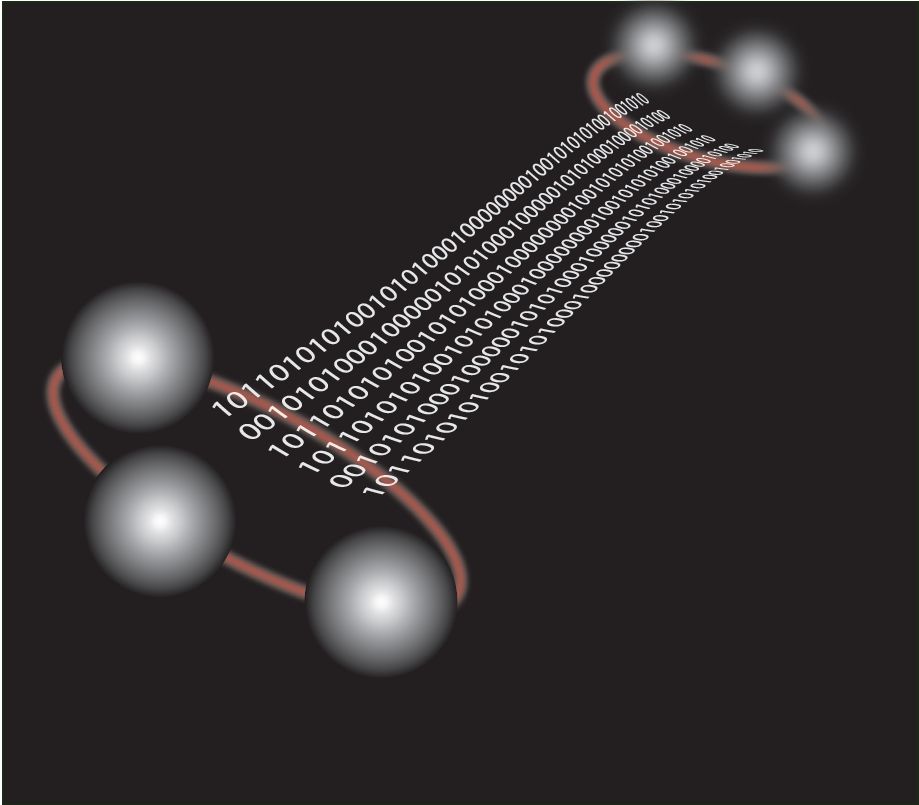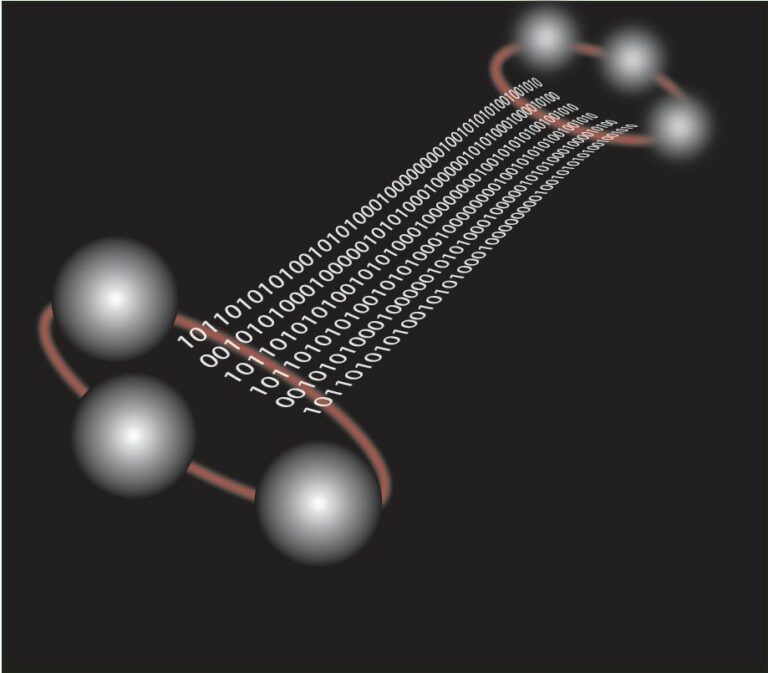Researchers Provide Update on Quantum Teleportation Progress
The term “teleportation” often evokes images of “Beam me up, Scottie” from Captain James T. Kirk for many people. However, in the past two decades, quantum teleportation—transferring the quantum structure of an object without physical transmission—has transitioned from the realm of Star Trek fantasy to tangible reality.
Quantum teleportation serves as a crucial foundation for advancements in quantum computing, quantum communication, and the development of a quantum network, potentially leading to a quantum Internet. While theoretical proposals for a quantum Internet exist, scientists face a challenge in determining the most efficient and reliable teleportation system among various technologies.
Addressing this dilemma, an international team of researchers, led by Dr. Stefano Pirandola from the Department of Computer Science at the University of York, sought to provide clarity. In their paper published in Nature Photonics, the team, including scientists from the Freie Universität Berlin and the Universities of Tokyo and Toronto, conducted a comprehensive review of theoretical concepts surrounding quantum teleportation, with a focus on major experimental approaches and their respective advantages and drawbacks.
None of the technologies in isolation presents a flawless solution. Therefore, the researchers concluded that a hybrid approach, combining various protocols and underlying structures, would be the most promising avenue. For example, systems utilizing photonic qubits can operate over distances up to 143 kilometers, but they are probabilistic, transporting only 50 percent of the information. To address this limitation, photon systems may be combined with continuous variable systems, which are 100 percent effective but currently constrained to short distances.

Crucially, optical communication based on teleportation requires a connection to appropriate matter-based quantum memories capable of storing and processing quantum information. Dr. Pirandola, a member of the York Centre for Quantum Technologies, emphasized, “We lack an ideal or universal technology for quantum teleportation.
While the field has seen significant advancements, it appears that a hybrid approach is necessary to leverage the strengths of each available technology. “The integration of quantum teleportation into a quantum network hinges on its collaboration with quantum memories. The development of robust quantum memories would enable the construction of quantum repeaters, expanding the teleportation range. Additionally, it would provide the capability to store and process transmitted quantum information within local quantum computers.
“This has the potential to serve as the foundation for a quantum Internet. The refined hybrid architecture is likely to rely on long-distance quantum optical communication based on teleportation, connected with solid-state devices for quantum information processing.”
This article is republished from PhysORG under a Creative Commons license. Read the original article.
Do not forget to share your opinion with us to provide you with the best posts !




0 Comments